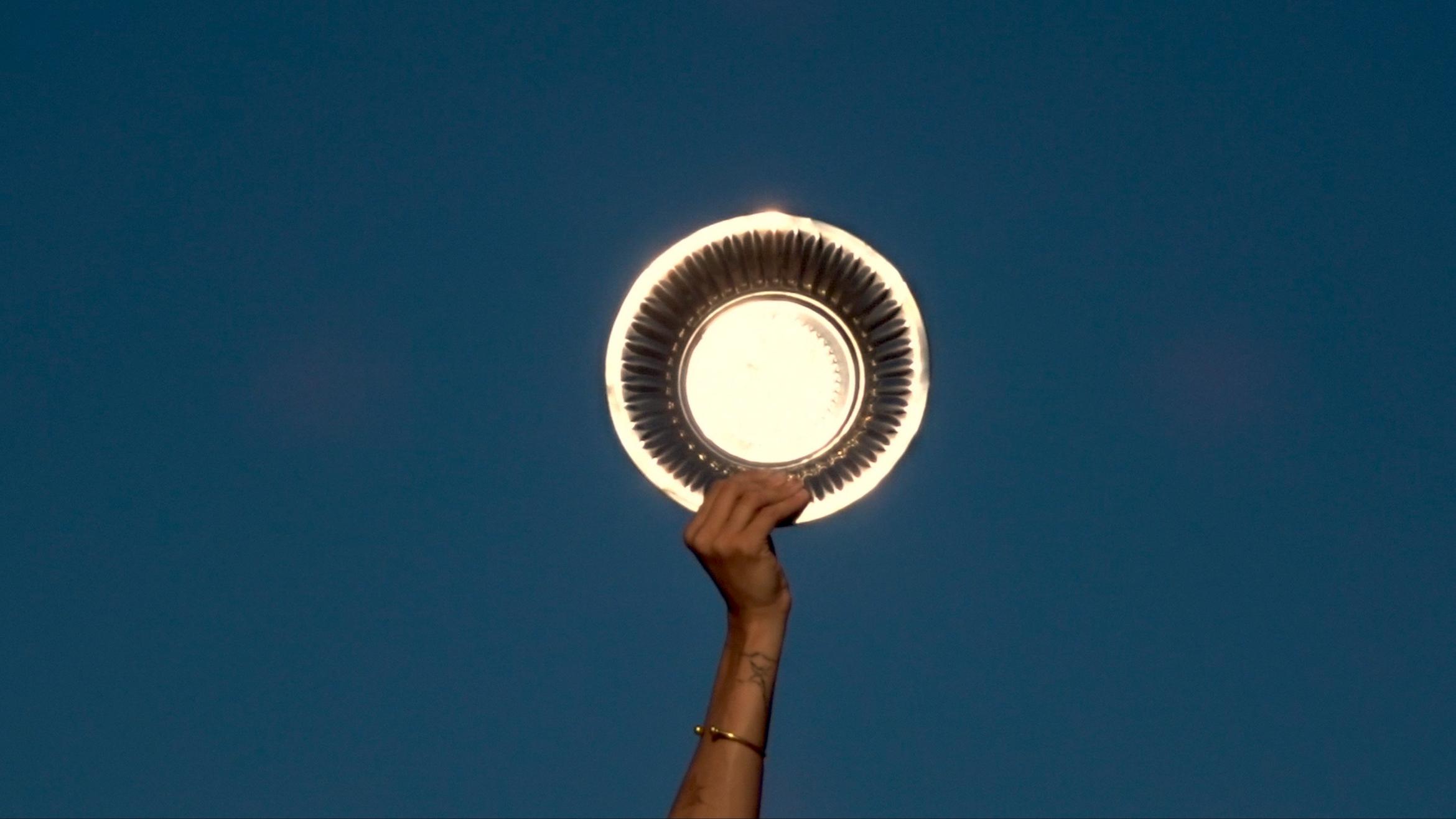The central figure in Yana Dombrowsky-M’Baye’s moving image work saint louis saint louis (2024) is introduced through lines of text that appear sequentially onscreen in dappled blue-black darkness, amidst muffled chatter and chirping insects:
in the 17th century,
french colonists arrived at the northern mouth of the sénégal river,
claiming and renaming the island of n’dar tout ‘saint louis’,
women, signares, emerged out of the occupation,
coming to great wealth through inheritance and the trade of the time,
serving the colony that would erase them
'Signare' is a French title from the era of the transatlantic slave trade. It comes from the Portuguese senhora and refers to a class of African and Afro-European women who entered strategic and temporary marriages with European traders and officials in Saint Louis and Gorée on the coast of Senegal, cities that formed part of French-controlled West Africa from the seventeenth to the early twentieth century.(1) In accordance with the local Wolof custom, marriage afforded signares access to property—gold, European goods, real estate, and enslaved labour—as well as an elevated social standing. The social category of the signare, however, no longer exists today. The decline of these entrepreneurial women of "social consequence" was a result of the 1848 French decree ending slavery, combined with colonial intolerance of interracial relationships and Catholic teachings that sought to end the practice of signare marriage.(2)
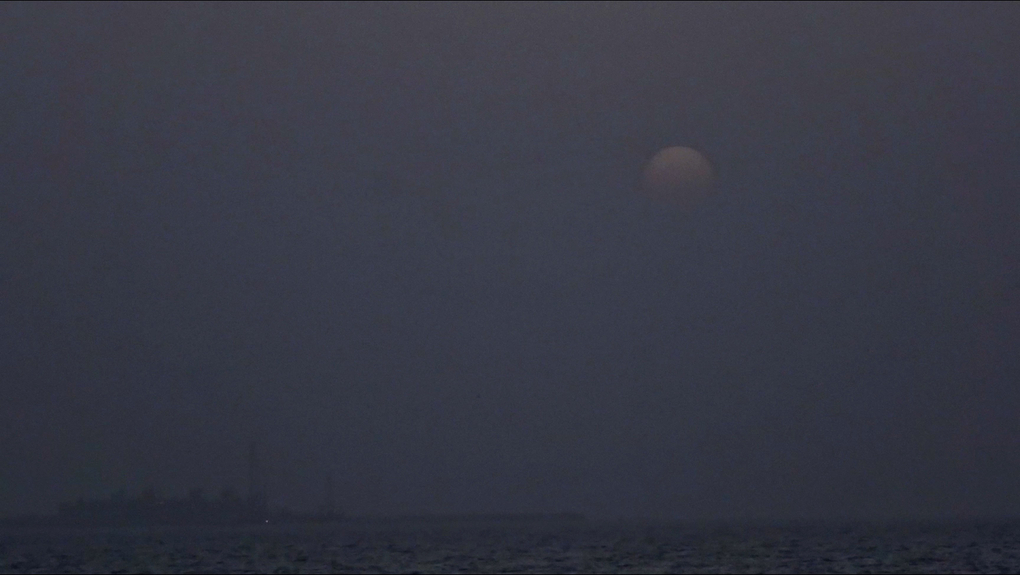
Yana Dombrowsky-M'Baye, saint louis saint louis (2024)
Dombrowsky-M’Baye came across the figure of the signare when she visited Senegal, the country of her maternal grandfather, for the first time in 2023. While travelling in Saint Louis with her extended family, she was taken aback by a plaque on a building in ruin, which detailed how it was once owned and lived in by a signare. Dombrowsky-M’Baye returned to Senegal the following year for research, but observed a reticence amongst the city’s inhabitants to remember the signares. In place of their memory, the artist found an absence:
this absence that hangs in the air,
you follow it,
drawn in by the potential,
of what these women might reflect of you
It is just after dark, and a cyclist passes two women in silhouette. In another scene, against an auburn glow, two hands twist strands of hair. Text reappears onscreen, continuing the introspective self-address—or, more precisely, apostrophic second-person narration where "you" blurs the distinction between the implied other and the narrator herself:
you hear they would appear at nightfall,
looking down to the streets from which you search
In Saint Louis, the evening walks of the signares were once famous. With an entourage of enslaved attendants, shielded from the setting sun by parasols, signares would advertise their privilege and position. Or they would sit on their balconies behind intricate wrought-iron railings, as if offering themselves up as a sight to be viewed by common people below. In her own excursions during dawn and twilight, Dombrowsky-M’Baye searches for traces of the signares. Her camera lingers on the balconies behind the network of cables that make up the contemporary streetscape, and the same decorative railings from the past glint in the fading light.
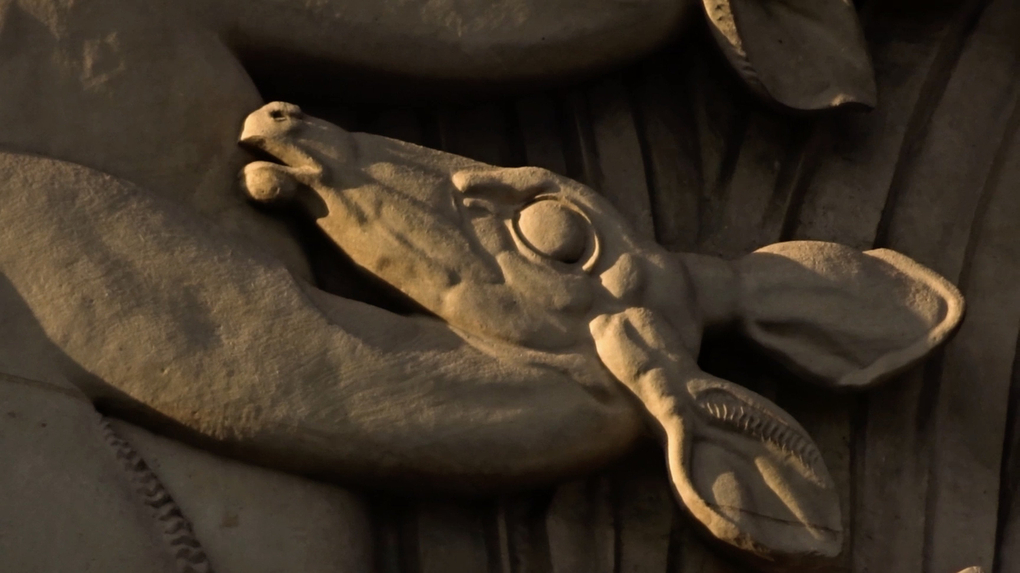
Yana Dombrowsky-M'Baye, saint louis saint louis (2024)
In one sense, then, saint louis saint louis is the artist’s attempt to create an image of the signare in place of their absence, as if by retracing their steps.
where are they?
where are you?
The doubling in the work’s title refers to and connects two places: Saint Louis in Senegal and its namesake Île Saint-Louis in Paris. When the island near the mouth of the Senegal River was settled in 1659 by the French, the name N’dar in Wolof was replaced to honour Louis XIV, the reigning king of France at the time. saint louis saint louis is created with footage from both places. A slow sweep of the Senegal River carries us from the streetscapes in Saint Louis to a passing tourist cruise boat on the river Seine. In Paris, Dombrowsky-M’Baye’s camera searches frescoes, architectural sculptures, and reliefs, even corridors, for glimpses of the mixing of African and European cultures. We see everything in fragments, silhouettes, and details. Particularly compelling is her careful study of the colonial-era architecture in the Senegalese Saint Louis. The island city is known for its two-story houses that mix French neoclassical and local Wolof styles, combining European materials (iron, brick, glass) with African designs (open courtyards, shaded verandas). These decorative railings, for example, over which the signares once peered, were imported from France.

Yana Dombrowsky-M'Baye, saint louis saint louis (2024)
Dombrowsky-M’Baye is of Senegalese-European ancestry. As a descendant of a mixed family, the artist grapples with the difficulty of situating the multi-racial signares in contemporary memory. Searching the images that survive of signares, she finds that their facial features resemble her own. Her lens patiently scans well-known portraits, like the nineteenth century engravings by French orientalist Gustave Boulanger. In another life, Dombrowsky-M’Baye seems to suggest, these depictions of the signares could have been portraits of herself. To be sure, the artist is not a direct descendant of a signare; rather, her interest in the figure stems from a grappling with the place of mixed-race people, their alterity in history and in contemporary society.
by the 19th century,
your métissage existed as a relic,
passed between mouths,
an existence held as a myth
.jpg)
Yana Dombrowsky-M'Baye, saint louis saint louis (2024). HD video, colour, audio on speakers, 32'38" minutes, looped. Installation view, Permissions, Artspace Aotearoa, Tāmaki Makaurau Auckland, 2024. Courtesy of Artspace Aotearoa.
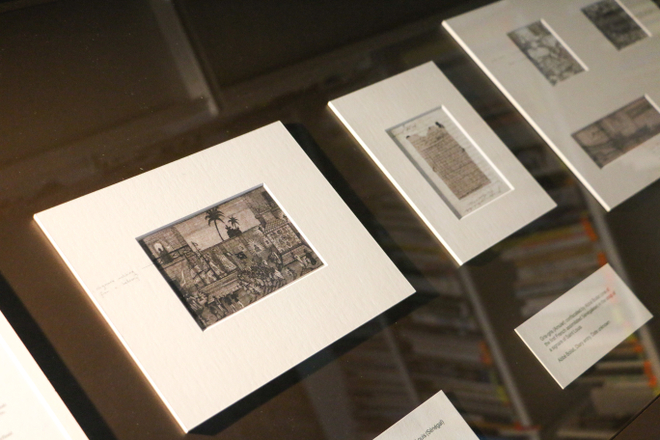
Yana Dombrowsky-M'Baye, ephemera (2024). Reproductions of documents, artist’s writing, objects. Installation view, Permissions, Artspace Aotearoa, Tāmaki Makaurau Auckland, 2024. Courtesy of Artspace Aotearoa.
Today, the figure of the signare remains synonymous with the African and European encounters, particularly from the era of the transatlantic slave trade and French colonial rule in Senegal. However, the legacy of the signares is marked by contradiction. In the collective memory of Senegalese people, they seem to inspire both celebration and condemnation. On the one hand, they are commemorated as mixed-race cultural intermediaries, symbols of Senegal’s unique racial and cultural intermingling. But on the other hand, they are regarded as participants in trade networks built on systems of oppression and the enslavement of others. For this reason, the signare remains a morally confounding figure for our times.(3) With collective memory bifurcated into two distinct registers, the signare represents an uneasy attempt to reconcile the injustices of the past with present-day dynamics of race and narratives of reconciliation.(4)
Perhaps it is difficult to remember signares because of the way historical injustices have been framed as struggles between distinct and oppositional racial groups. Mixed-race signares disrupt this binary with a legacy that is inherently uncomfortable—their métissage was not simply a product of love or mutual exchange, but was deeply entangled with economic incentives, gendered subjugation, and colonial hierarchy.
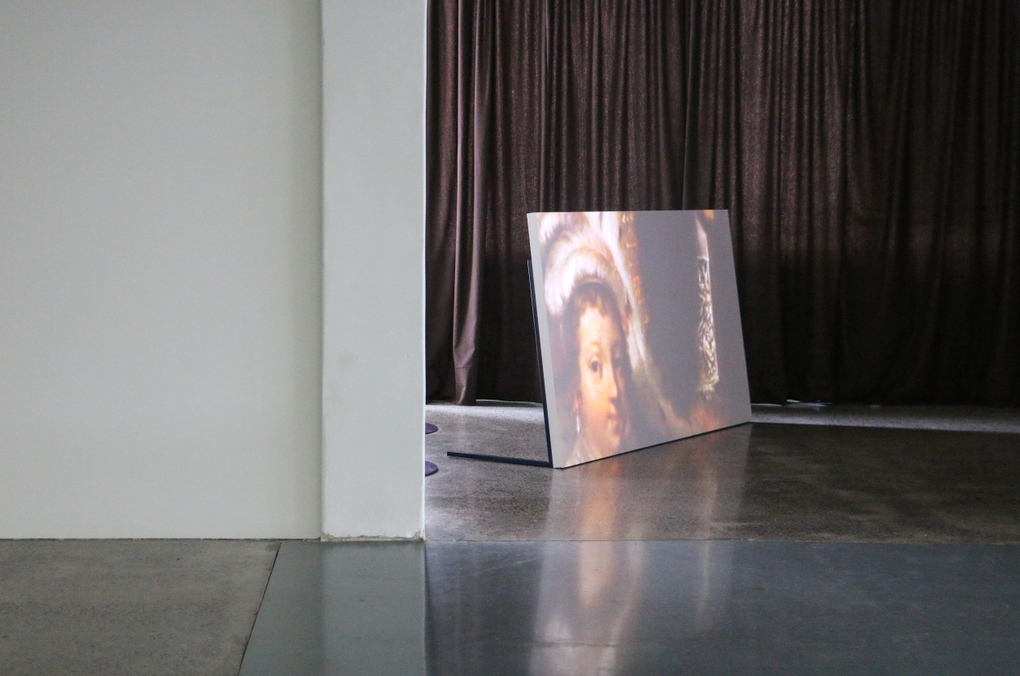
Yana Dombrowsky-M'Baye, saint louis saint louis (2024). HD video, colour, audio on speakers, 32'38" minutes, looped. Installation view, Permissions, Artspace Aotearoa, Tāmaki Makaurau Auckland, 2024. Courtesy of Artspace Aotearoa.
saint louis saint louis retains a degree of irresolution with respect to the figure of the signare. Moreover, the work creates a strange intimacy with these figures, who have been obscured by time. In her film, Dombrowsky-M’Baye evades the instrumentalisation of mixed-race identities and the binaries of celebration and condemnation, oppressor and victim, which erases the realities of mixed-race people who have historically occupied a fraught space between racial categories. Rather than repeating predetermined ideological positions, the image that Dombrowsky-M’Baye draws for signares creates a space for their complex identities to surface. Specifically, saint louis saint louis accounts for mixed-race histories by revisiting sites significant to them, and by attending to the ways in which colonialism produced them. In doing so, saint louis saint louis attempts to return the figure to a more expansive recognition of oppression that is multi-layered, and which postcolonial aspirations must address—not only the dichotomy of victim and oppressor but also the complexities of those who, like the signare, exist in intermediary positions, sometimes suffering, sometimes benefiting, and often negotiating between worlds.
Yana Dombrowsky-M’Baye's saint louis saint louis was commissioned by Artspace Aotearoa as part of Permissions, an exhibition by emerging artists that was on view from 19 October to 21 December 2024.
Balamohan Shingade is a PhD candidate in Philosophy at the University of Auckland. He runs Spoor Books with Erena Shingade and is a singer of Hindustani music.
